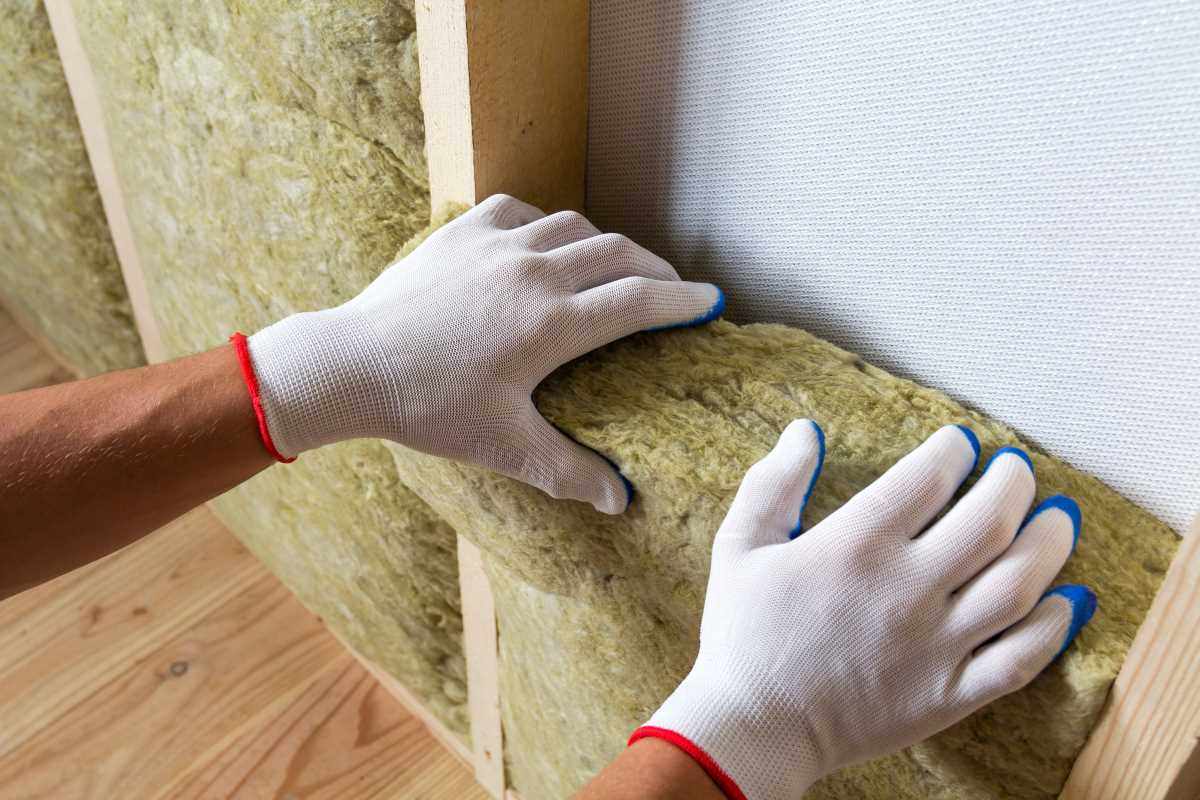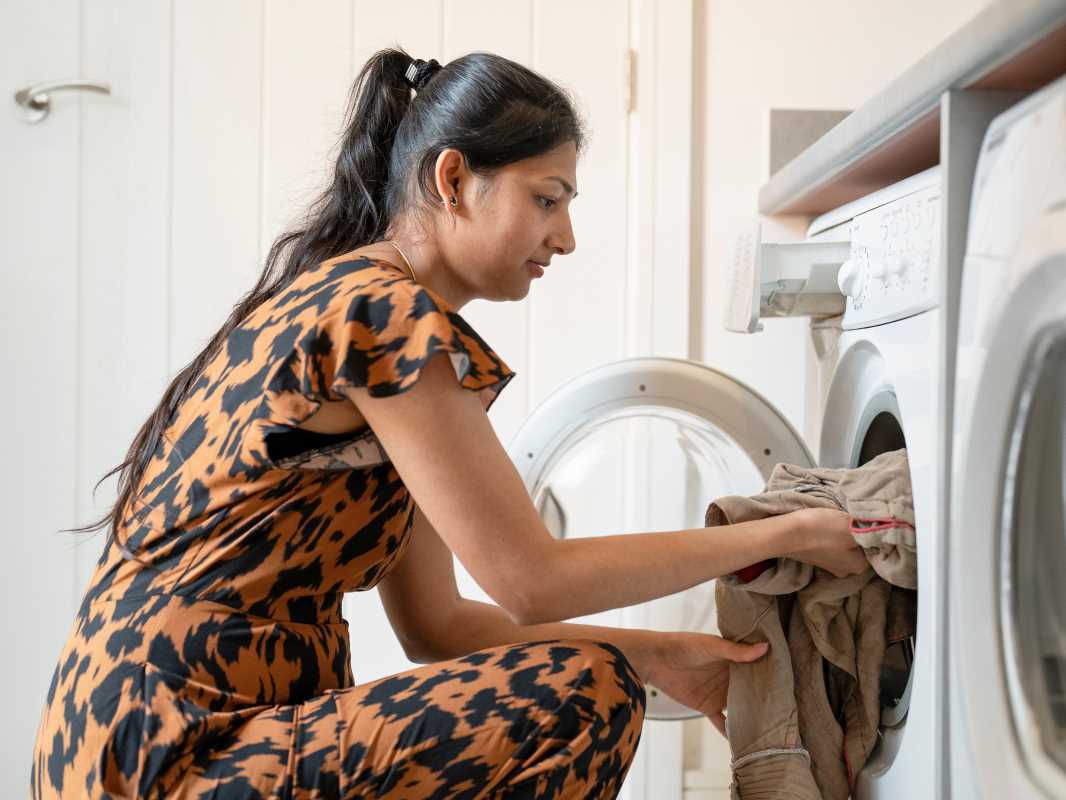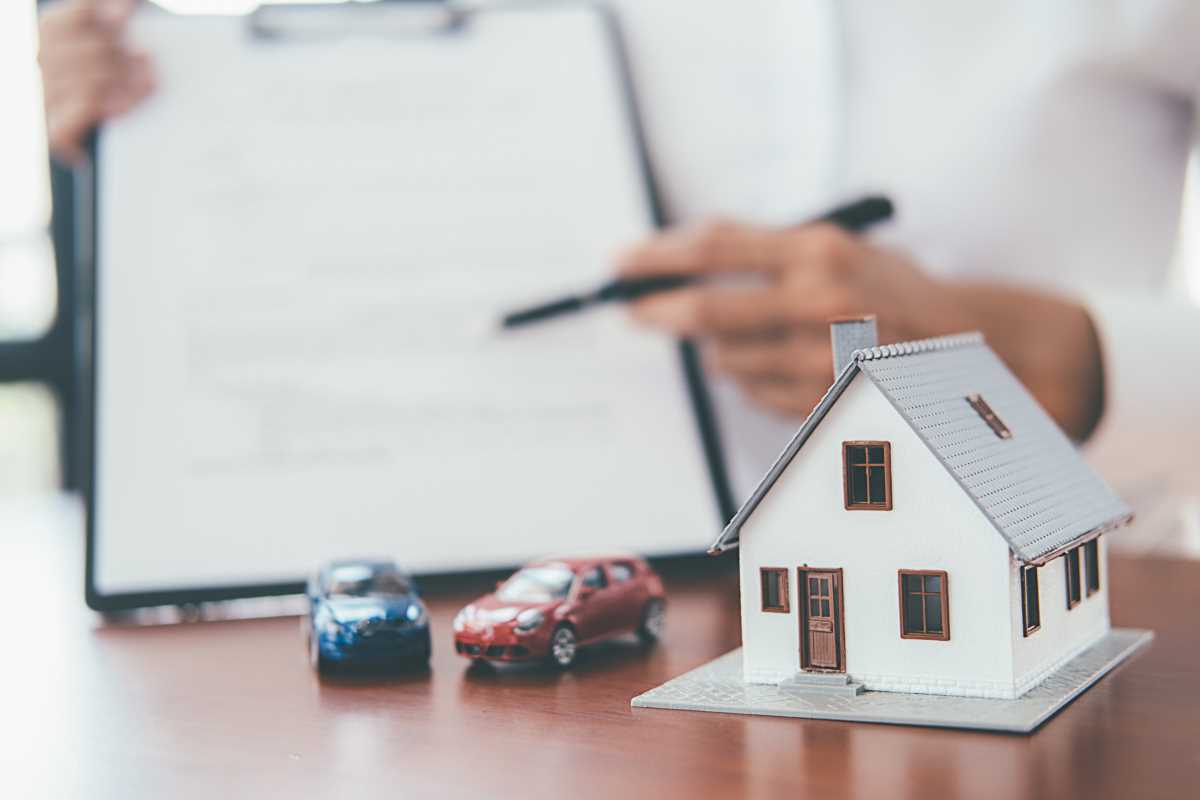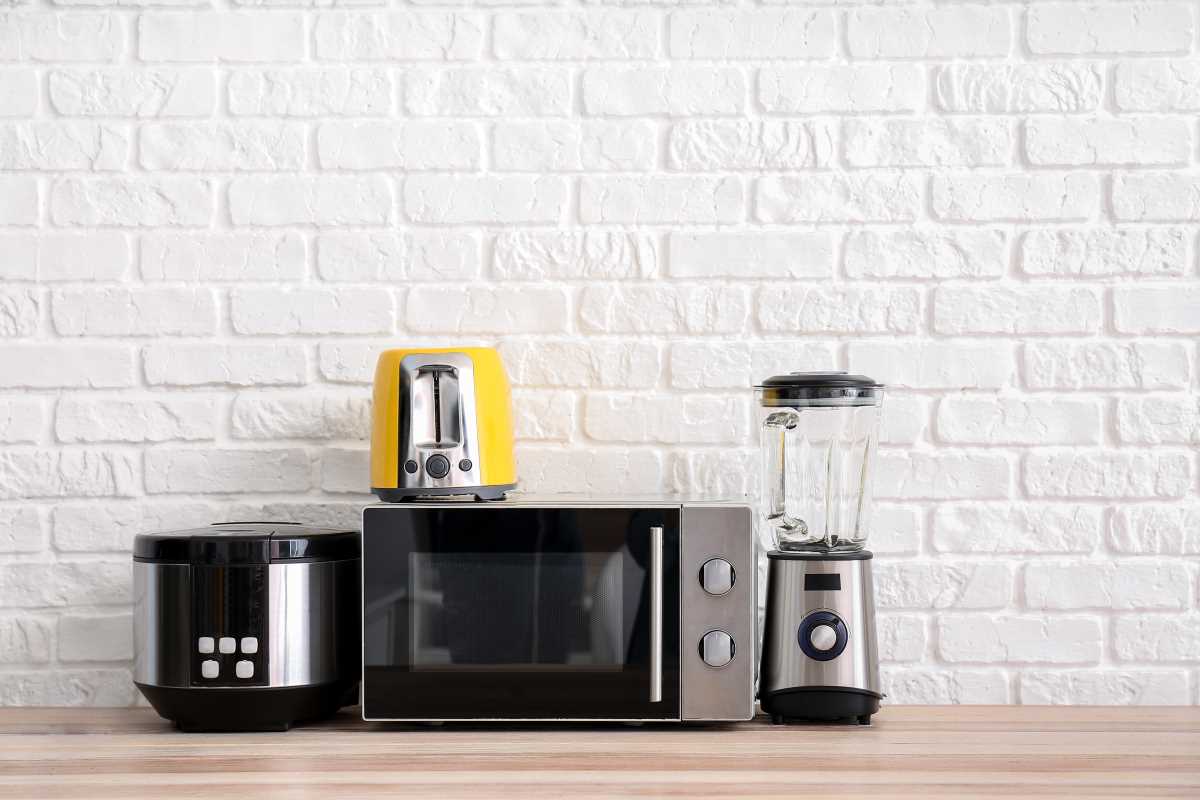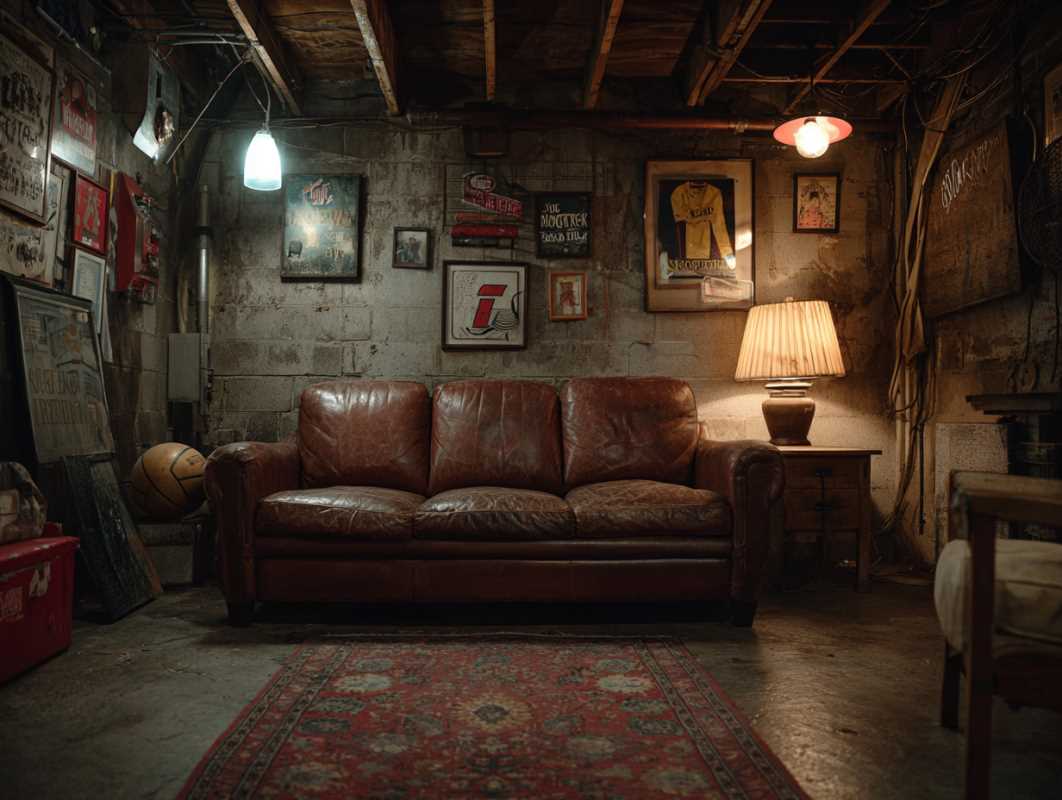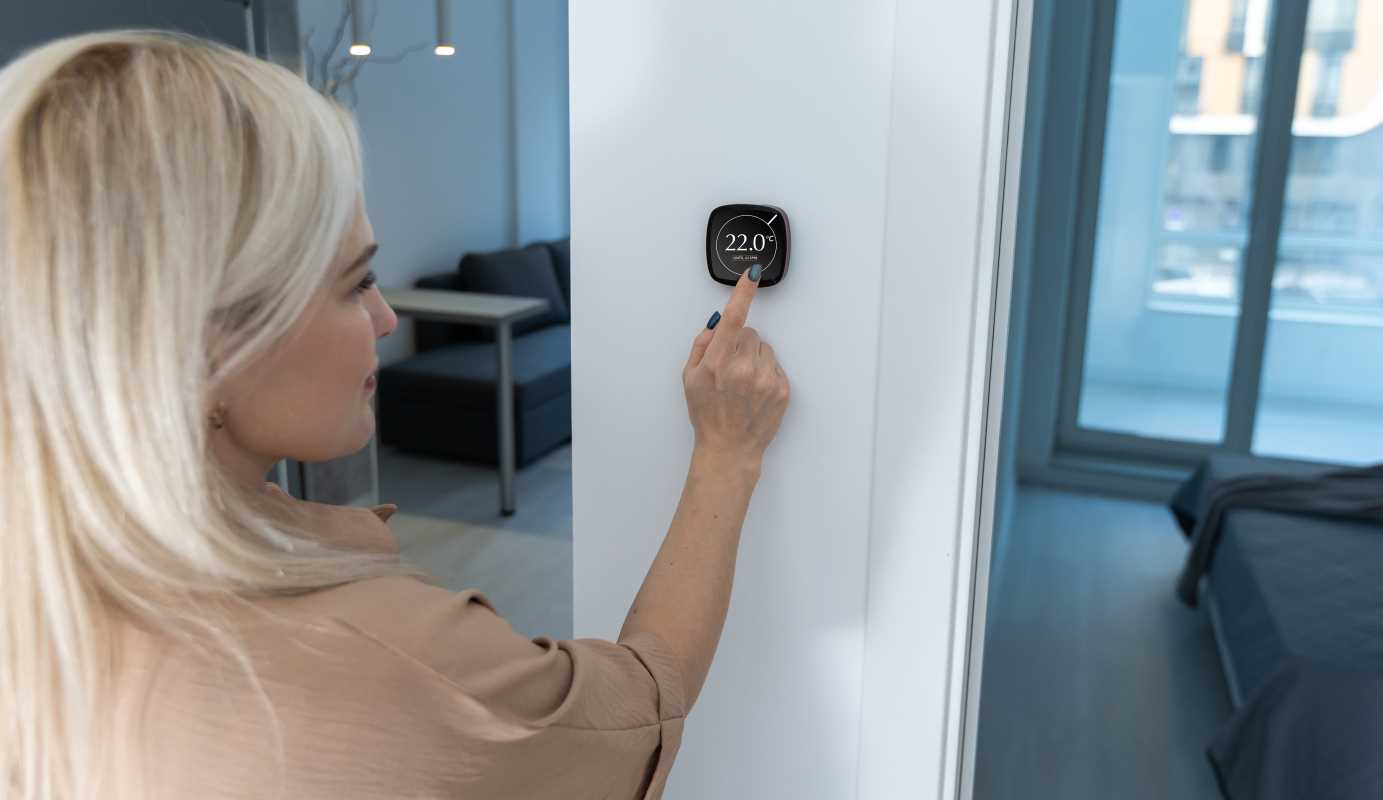Reducing energy costs can be simpler and more affordable than you might think. By upgrading the insulation in your home, you can effectively maintain a comfortable living environment throughout the year while also curbing unnecessary energy expenses. Implementing a few thoughtful changes can lead to significant savings, and you may find that these upgrades are more straightforward to achieve than expected. Making these improvements not only benefits your wallet but also contributes to a more sustainable living space. Whether you're dealing with scorching summers or chilly winters, enhancing your home's insulation offers a smart, cost-effective way to enjoy a cozy atmosphere regardless of the season.
Finding ways to save money every month can feel empowering, especially when the updates are simple enough for you to handle on your own. Making these adjustments today sets you up for long-term benefits and a more efficient home for years to come.
How Insulation Improves Comfort and Efficiency
Insulation works hard to keep your house at a stable temperature throughout the year. By creating a barrier against heat loss and cold air drafts, it helps your heating and cooling systems run less often, which lowers energy consumption. Investing in insulation can not only boost your home’s comfort level but also improve its overall energy performance.
Here are some immediate benefits insulation provides:
- You reduce the demand on your heating and cooling systems, leading to lower energy costs.
- You improve indoor comfort by maintaining steady temperatures.
- You help minimize noise coming from outside.
- You enhance the overall energy efficiency of your home, making it a more sustainable place to live.
Spotting Common Insulation Issues
Before you start upgrades, it’s important to identify areas where insulation isn’t performing as it should. Many homes have trouble spots that allow unwanted air flow and energy loss, so knowing what to look for can save you time and money down the road.
Below are some frequent trouble spots you might encounter in a typical house:
- Gaps and cracks around windows and doors.
- Attic spaces that lack proper insulation or have settled insulation material.
- Exposed wall cavities where insulation may have shifted or degraded over time.
- Basement or crawl space areas that feel noticeably colder.
- Gaps around electrical outlets and light fixtures that connect to the outside environment.
Simple Insulation Upgrades You Can Do Yourself
You can handle several DIY projects with basic tools and a little creativity. Upgrading insulation doesn’t always require heavy construction or major expenses. With some patience and attention to detail, you can significantly decrease energy bills and make your home more efficient.
Follow these step-by-step projects to start making your home more energy-efficient:
- Begin by sealing gaps. Use weatherstripping or caulk around windows and doors to prevent drafts. Check door frames, window sills, and any openings where external air might seep in.
- Improve attic insulation. Check if the insulation is evenly spread out and consider adding more if the existing layer appears thin. Make sure to take safety precautions if you decide to handle insulation material.
- Insulate pipes and water heaters. Cover them with insulating materials to keep the temperature stable. This can also help prevent freezing during the colder months.
- Cover outlets and switches with insulation plugs. These small additions help reduce drafts in wall voids and ensure a snug fit between the wall and electrical devices.
- Monitor your progress. After completing any upgrade, test your home for drafts or temperature inconsistencies. Use a simple home thermometer or compare indoor and outdoor temperatures to see the effect.
When to Call in the Pros for Insulation
Sometimes a project might be beyond what you can handle on your own. Knowing when to seek professional help can prevent costly mistakes and ensure the job gets done correctly. If you discover that damaged insulation is intertwined with structural elements, it’s best to have an expert take a closer look.
Call a professional if you encounter any of these situations: major gaps hidden behind walls, extensive moisture damage, or if electrical systems and complex construction elements are involved. Professionals can also offer advice tailored to your home’s unique design and climate considerations. Their expertise becomes invaluable when dealing with older homes that require careful and precise updates.
Other Easy Ways to Cut Costs Year-Round
Improving your home’s efficiency isn’t limited to insulation alone. You can implement simple changes that work alongside insulation improvements to increase savings even further. Along with insulation, making smart adjustments to your heating and cooling systems can bring noticeable results throughout the year.
Some ideas include switching to energy-saving light bulbs, sealing gaps around appliances, and installing programmable thermostats. Regular maintenance of your systems ensures everything runs smoothly.
With a little patience and the right tools, these DIY projects move you closer to a home that stays comfortable in every season.
